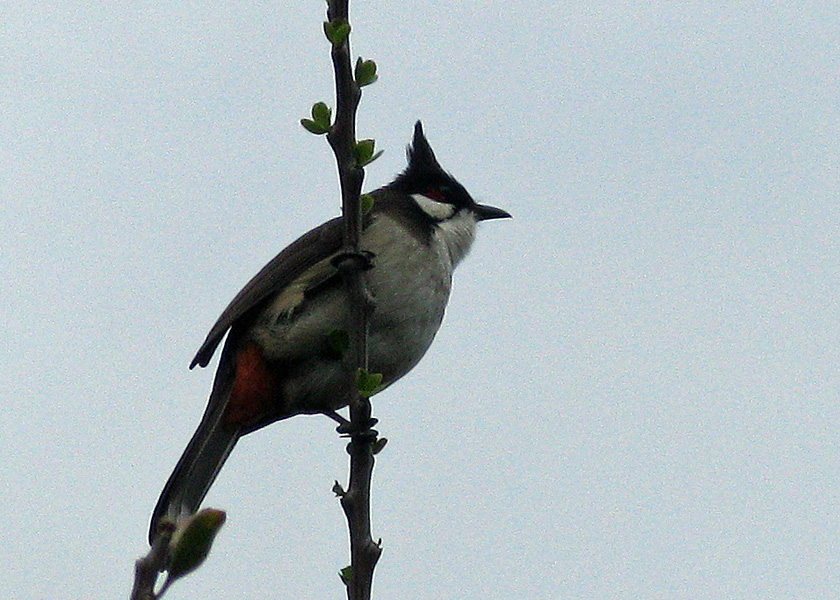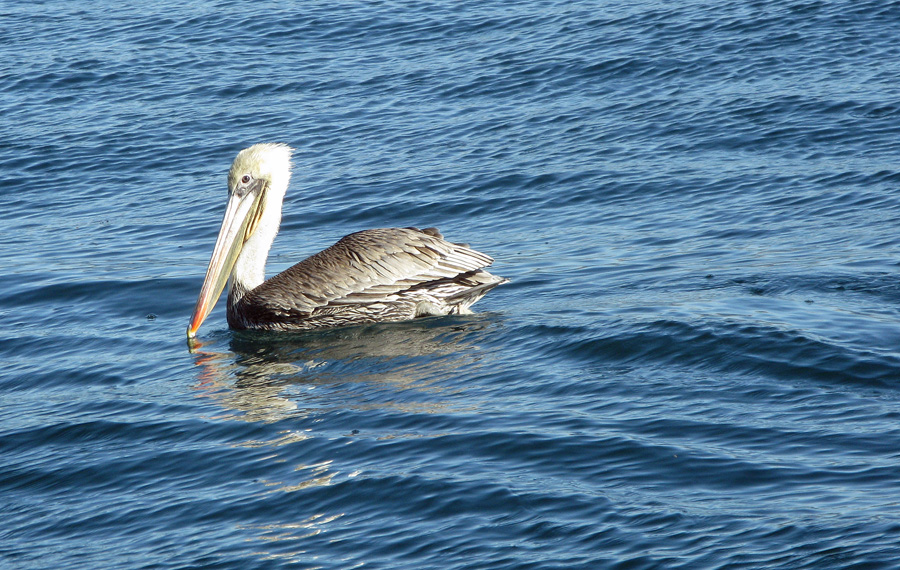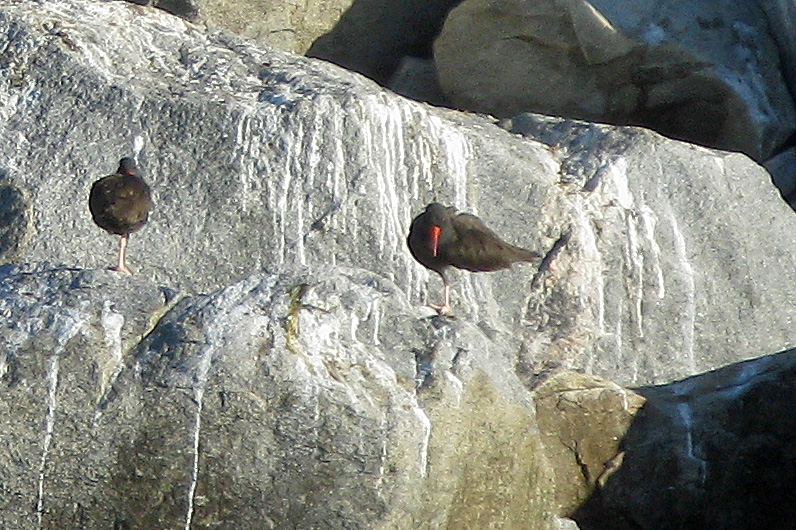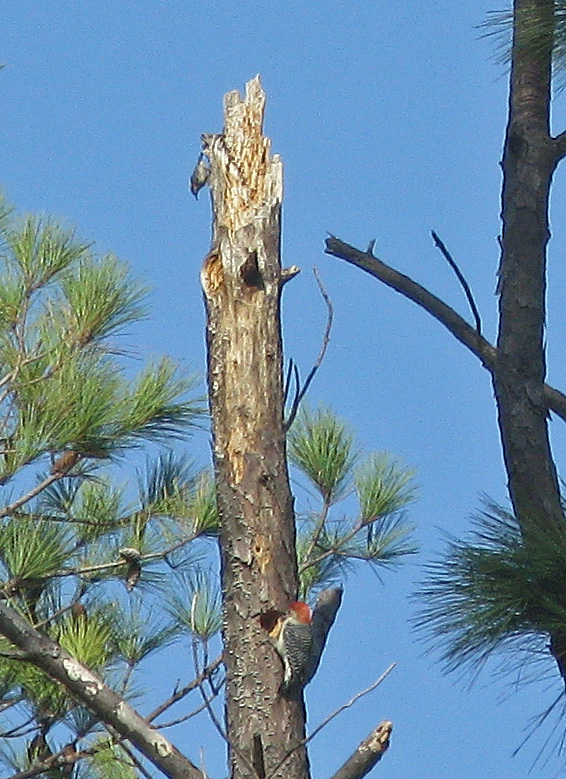A MacGillivray’s Warbler has been hanging out in Huntington Central Park near the Gothard Street parking lot for probably a month or more now. I have repeatedly tried to find it, and repeatedly come up empty. MacGillivray’s Warbler is one of my nemesis genus: the Oporornis. Its cousin the Connecticut Warbler (Oporornis agilis) eluded me for years. I still have never found a Mourning Warbler (Oporornis philadephia) or a Kentucky Warbler (Oporornis formosus). These birds all skulk around in the underbrush, and are very hard to locate.
However, others have found this particular individual, including on the recently completed Orange County Coastal Christmas Bird Count, and yesterday Sea & Sage was running a special trip to relocate as many of the rarities found on that count as we met up at the Slater Street parking lot a little before 8:00 A.M., discussed the various rarities found on the count, and planned out a plan of attack.
A White-throated Sparrow had been found in the immediate vicinity, but it probably moves around with a flock of the related White-crowned Sparrows, and one of those were in evidence at the moment. We pished a few bushes, but got nothing but a Towhee for our troubles, so we began walking slowly between the edge of the park and the island, toward the amphitheater, scanning the treetops for a Yellow-throated Vireo that’s also been hanging around for the last month or so. Yellow-rumped Warblers were abundant, and near the amphitheater I spotted our first Townsend’s warbler, but otherwise No luck, and after about an hour we turned back and began pishing our way back to the Slater Street parking lot.
However, this time we walked further up, alongside the Gothard Street parking lot as we passed it, we fanned out through the bushes. (There are a lot of “trails” in between the bushes because at different times of day, this is also a popular cruising area, much like the Ramble in that other Central Park back East.) By this point, birds other than yellow-rumps were beginning to wake up, and we found Orange-Crowned Warblers, Ruby-crowned Kinglets, Wilson’s Warblers, Bushtits, and finally in a bush? Could it be? No, it was a Song Sparrow.
But wait! What’s that that just skulked into that bush? Is it…? Nope. It’s a Common Yellowthroat. But then, as I’ve split off a little from the group and am scanning what i think has got to be my fifth Common Yellowthroat in the middle of a bush, I notice that:
- It’s much brighter yellow than usual.
- The yellow covers the entire lower half of the bird, not just the throat and undertail like on a female Yellowthroat.
- Those sure do look like eye arcs on its drabber face.
By this point, the rest of the group that’s down on the sidewalk has also noticed the bird from the other side, and is gesturing wildly into the bush. Yep, it’s the MacGillivray’s. I never see more than about 3/4 of one side of the bird, for probably a minute as it hops around in the bush. Then it hops up from the bush into some overhanging vegetation and vanishes. No one can relocate it even though 20 people see exactly where it went. Oporornis are like this. Even when you see one, you don’t see it for long, and then they vanish while you blink. But that’s good enough for bird #455 and my first life bird of the year. No photo, I’m afraid. Finding these birds is difficult. Photographing one is nigh-on-impossible.
(more…)




